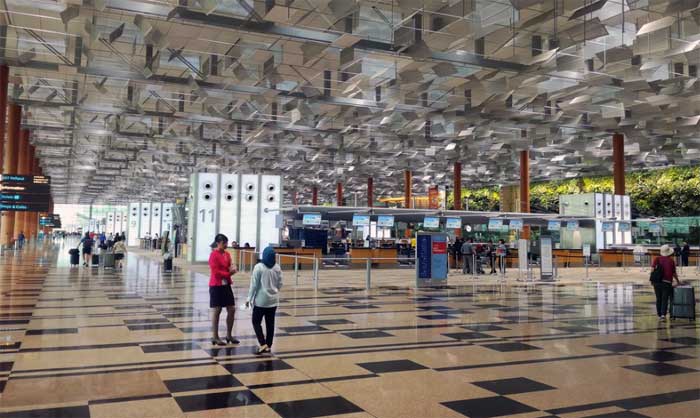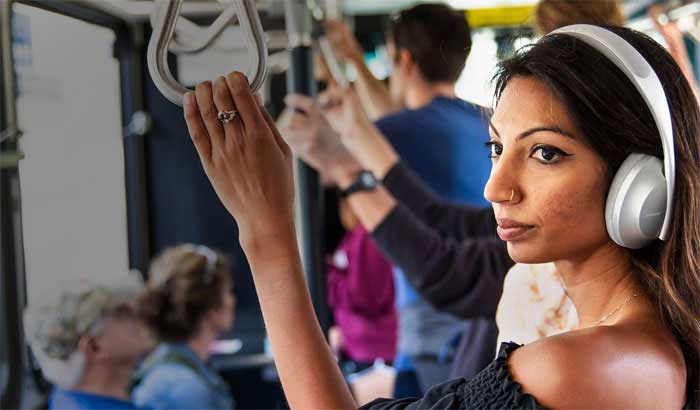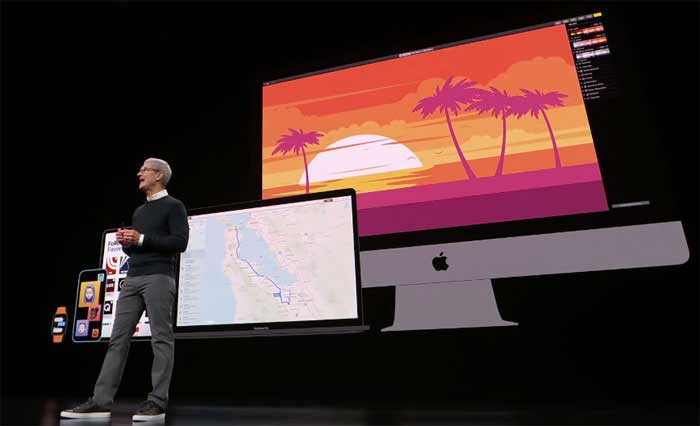Most airlines suggest somewhere between two hours and 60 minutes depending on the airline, the airport and where you are flying to. However, a US professor affirms that the best time to arrive at the airport is as late as possible.
The Daily Mail reports that Professor Jordan Ellenberg, from the University of Wisconsin, states that every hour a traveler spends at the airport is a negative unit since they have have spent that time relaxing at home instead.
In his book How Not to Be Wrong - The Hidden Maths of Everyday Life, Ellenberg says the risk of missing your flight compared with the wasted hours you would spend at the airport over your lifetime is worth it.
It depends on how you personally feel about the relative merits of missing planes and wasting time. But if in the course of a lifetime you never miss a flight then you may not have the best strategy. If you've never missed a flight, you're not doing it right.
However, this theory is a bit contradictory because people are supposed to catch their flights as you pay for a ticket, you go to the airport in time to board your plane and you fly away.
Perhaps it is not the best strategy to arrive to the airport as late as possible risking missing the flight if there are any unexpected delays on the road or check-in or security.
You can use the extra time to relax in the lounge and problem solved. You can even give yourself extra time to enjoy a drink at the airport. This doesn't have to be a negative time; in fact, it can be a great time.




